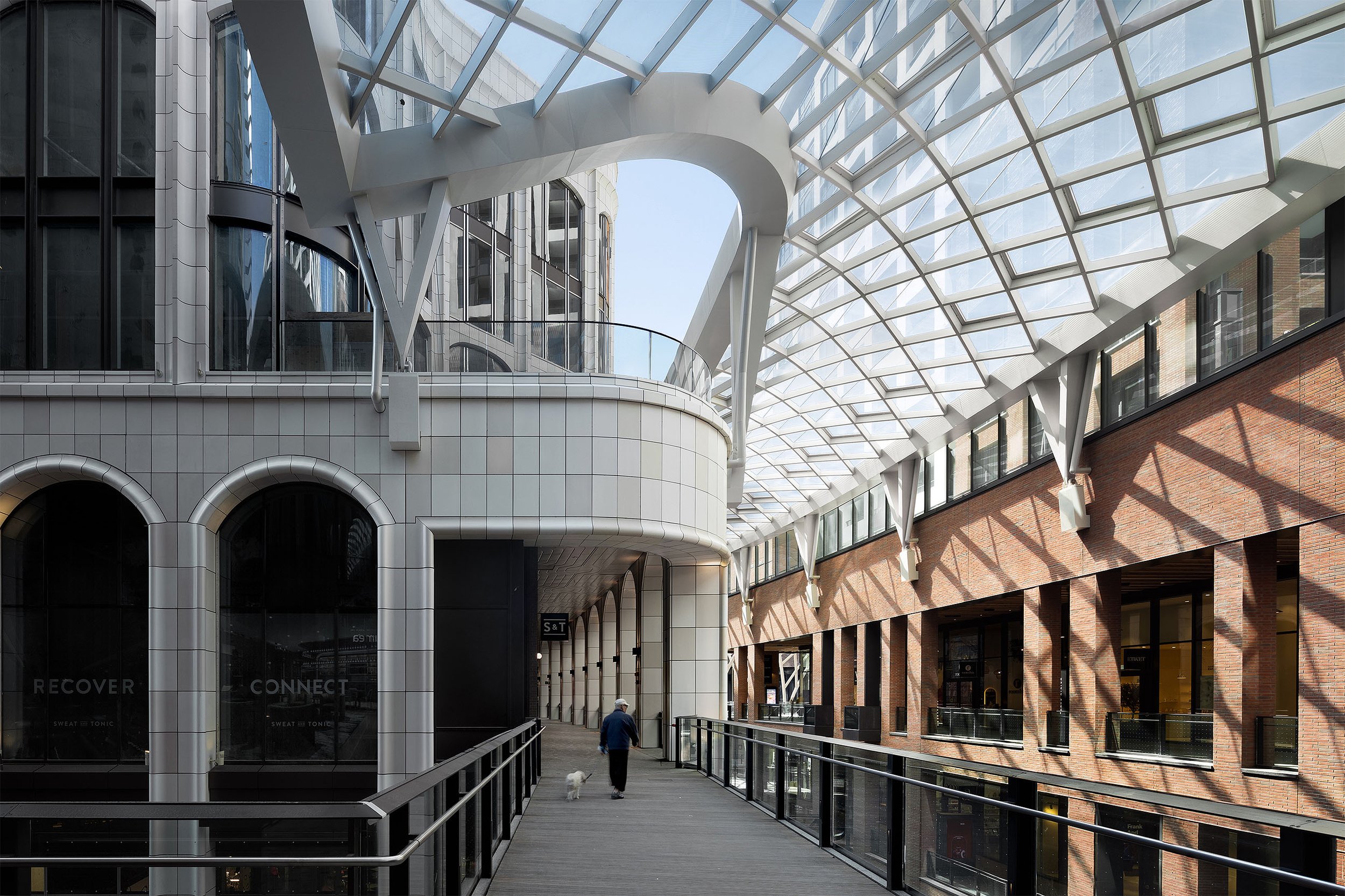The Role of Light in Architectural Photography
- Get link
- X
- Other Apps
How Light Reveals Hidden Spaces
Architectural photography is an art that allows us to showcase the hidden and fascinating dimensions of buildings and architectural spaces. This art is not limited to capturing an image of a physical structure; it also strives to convey the spiritual and emotional aspects of spaces. One of the powerful tools for architectural photographers in creating this visual connection is the play of light and shadow. These techniques can uncover new and hidden dimensions of a building or architectural space that may not be visible at first glance.
The Role of Light in Architectural Photography
Light is one of the essential elements in architectural photography. It can create significant differences in how a space is presented. Each building takes on a unique appearance and feeling depending on the type of light, whether natural or artificial. By using light as a primary tool, photographers can transform a space that may initially appear simple and lifeless into a complex and captivating work of art.
One of the unique characteristics of light in architectural photography is its ability to create shadows and visual effects. When light enters a space from a particular angle, it casts shadows on walls and various surfaces that can tell different stories. These shadows can evoke a sense of stillness, calm, or even tension and complexity. For example, the soft and diffused light coming through a window into an old room may evoke a sense of nostalgia and history, while harsh and direct light can place more focus on architectural details and create more striking visual effects.
Shadows and the Play of Light Contrasts
Shadows play a vital role in showcasing different aspects of a building. They can create borders that direct the viewer's attention to specific details of the structure. These shadows not only add beauty and complexity to the image but also indirectly evoke various emotions and perceptions in the viewer's mind. Shadows can conceal certain aspects of an architectural space or, at the same time, reveal a new dimension of it.
The play of light and shadow contrasts enables the photographer to highlight subtle and hidden details in the architectural space. These details can include geometric patterns, unique textures, and even small elements like inconspicuous angles or the intersection of various surfaces in the building. These techniques not only show the building from different perspectives but can also give it a unique identity that may have been overlooked without this specific lighting.
Angles and Frames: Tools for Discovering New Spaces
Architectural photographers, by selecting specific angles and frames, can reveal spaces that may not be immediately noticeable. These choices can lead to perspectives where unique and hidden details of the architectural design are revealed. For instance, selecting a particular angle of a building can unveil a new and distinctive shape of it that cannot be seen from other angles.
These methods not only display the physical dimensions of the space but can also convey an emotional experience of that space. This is where the architectural photographer, using their tools such as lenses and filters, can convey specific emotions and feelings to the viewer. Choosing the right angle can evoke different emotions, ranging from a sense of openness and freedom to feelings of intimacy and closeness.
Architectural Photography: Creating a Connection Between the Physical and Spiritual Space
Architectural photography does not merely focus on recording buildings; its aim is to simultaneously convey both the physical and spiritual aspects of a structure. Through light, shadow, angles, and composition, this art can vividly showcase the emotional and spiritual dimensions of spaces. In this way, the photographer can offer more than just a simple image of a building. Architectural photography can become a visual language that narrates the hidden stories and emotions within various spaces.
Conclusion: The Hidden Dimensions of Architecture through the Camera Frame
Architectural photography can reveal hidden spaces that the human eye cannot easily see. By using light and shadow techniques, selecting specific angles, and precise composition, photographers can capture the spiritual and emotional dimensions of spaces in a way that enables every viewer to establish a deep connection with it. Ultimately, architectural photography allows us to experience not only the physical beauty of a building but also the history and stories behind it. For a deeper understanding of this process and more details, we recommend reading our main article, which fully explores the role of architectural photography and its techniques.
- Get link
- X
- Other Apps


Comments
Post a Comment